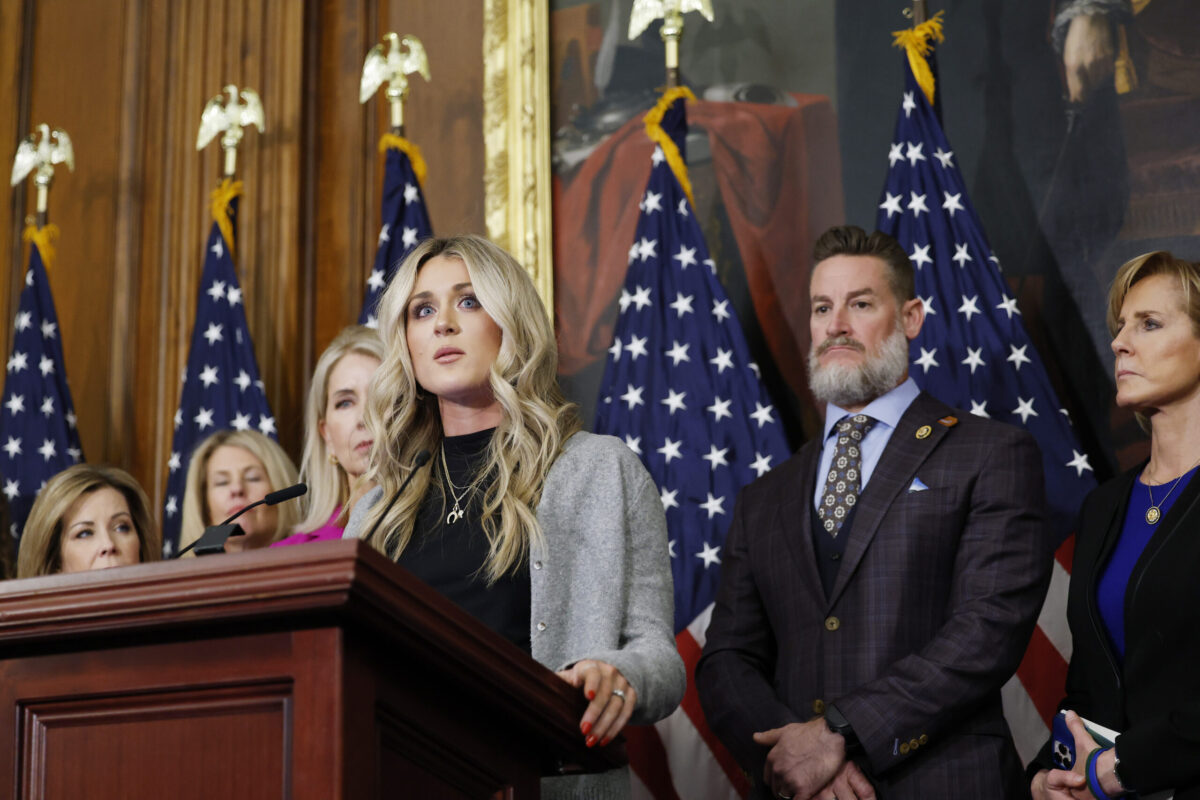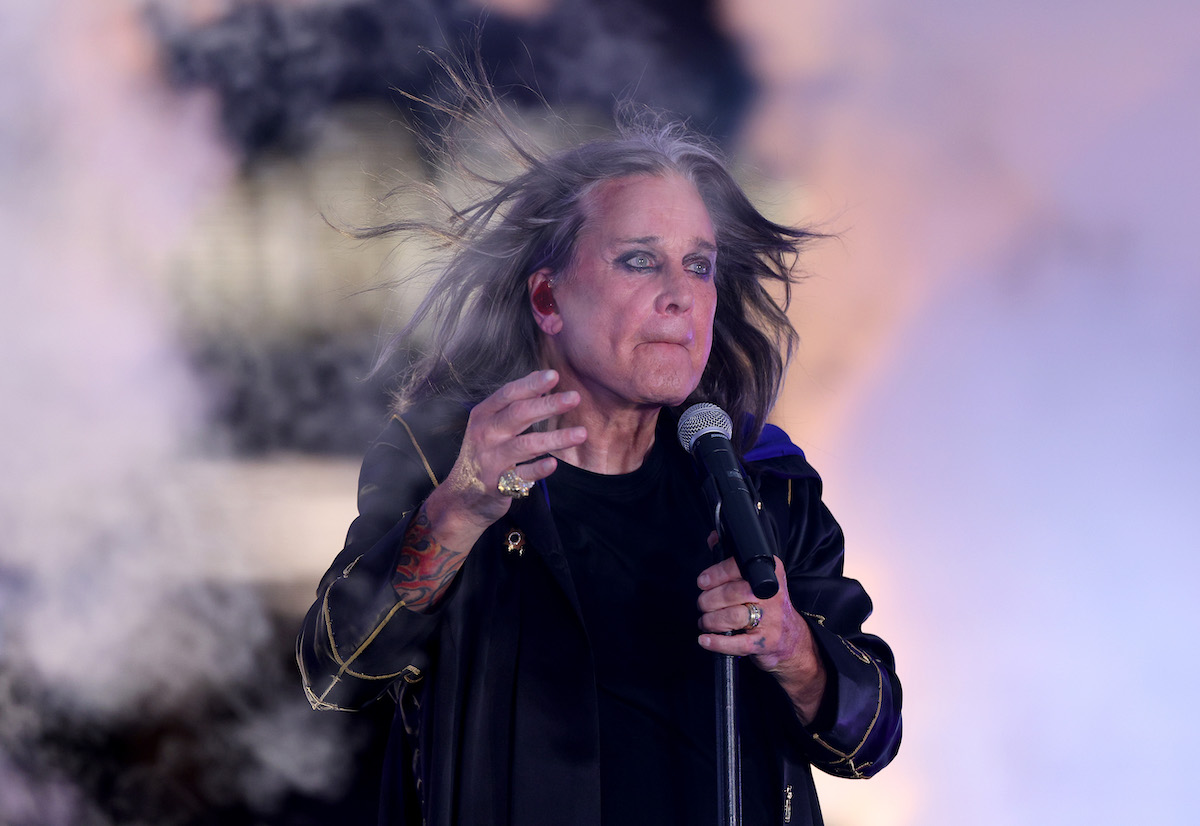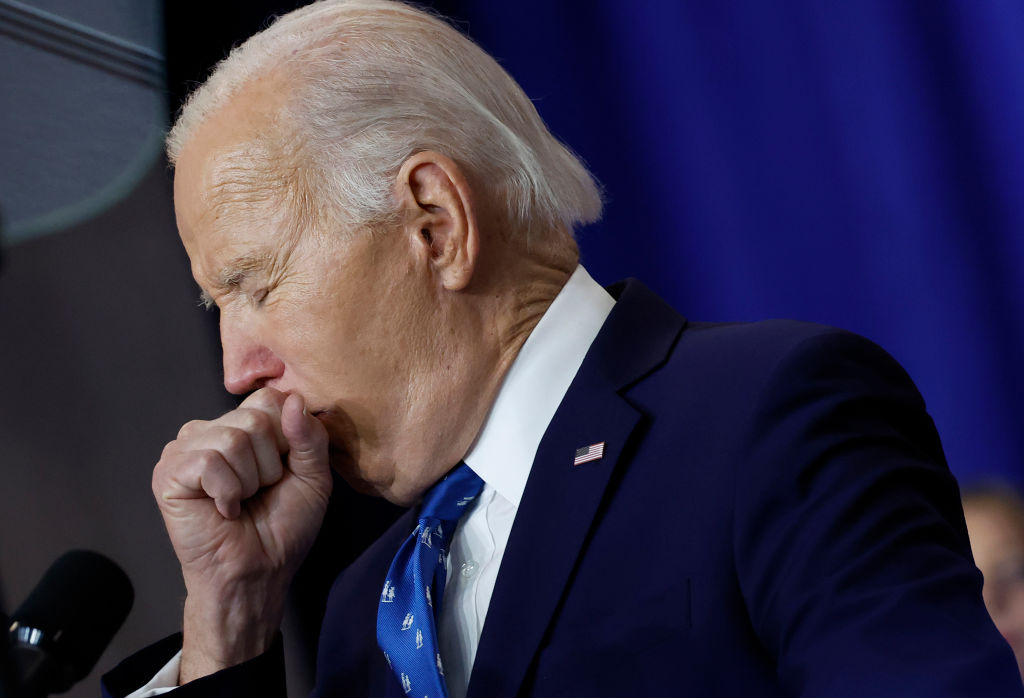God's gunsmith: How Samuel Colt's wife reinvented him as a Protestant hero


Samuel Colt has been mythologized as a God-fearing man who invented the revolver. Some people insist it’s ironic that a devout man of God could create instruments of war.
It’s even in the Colt slogan: “God created man. Sam Colt made them equal."
Colt’s days as a laughing gas salesman taught him a lot about marketing. He learned that good salesmanship is often subliminal.
In a world of muzzle-loaders, the Colt revolver could fire multiple times without needing to be reloaded, earning its title as “The gun that won the West,” a motto that has been used elsewhere.
But was Samuel Colt truly the Bible-loving gunsmith of lore? He was not.
A widow's faith
The narrative of a deeply religious man shaping firearms in divine favor was largely crafted by his widow, Elizabeth Jarvis Colt, the daughter of an Episcopal minister. After Colt’s death, she built an enduring legacy around her husband, intertwining his inventions with Christian values. In doing so, she reshaped American culture, paving the way for John Wayne.
Samuel Colt’s early life was brutal. His mother died of tuberculosis when he was six, followed by the deaths of all three of his sisters.
But this didn’t drive him to a life of Christlike contemplation. Instead he obsessed over weapons and explosives. As a child, he showed more interest in science than scripture, preferring encyclopedias over the Bible. By his teens, he had embarked on a journey to India as an apprentice sailor, where he drew up plans for a handgun with an automatic revolving chamber. This early blueprint would later revolutionize firearms and accelerate the technologies of war.
Laughing all the way to the bank
Colt's natural flair for showmanship was as instrumental to his success as his inventions.
At 20, he toured the country under the alias "Dr. S. Colt," selling nitrous oxide — laughing gas — as a form of entertainment. Dubbed “The Celebrated Dr. Colt of New York, London, and Calcutta,” he mixed theatrics and spectacle to fund his early experiments, even performing pyrotechnic displays alongside an artist's wax-figure tour of "Dante’s Divine Comedy" in Cincinnati.
The money he earned on this unconventional tour allowed him to pay a gunsmith to produce a working prototype of his revolver.
In 1836, at just 22, Colt founded the Patent Arms Manufacturing Company. But by 1843, the company had declared bankruptcy. Colt's enterprise was saved only through the generosity of wealthy relatives.
A man of ambition, not devotion
Colt was, above all, an industrialist. He liked to work hands to the bone, and not necessarily his own. His reputation as “God’s gunsmith” is less reflective of his personal beliefs than of his business acumen. His factories ran around the clock, producing firearms at an industrial scale previously unseen.
Colt’s days as a laughing gas salesman taught him a lot about marketing. He learned that good salesmanship is often subliminal. He paid artists to feature his guns in their work, arguably one of the earliest examples of product placement. He avoided explicit political or religious messages in his advertising. Commerce is an art, not a soapbox.
Behind the scenes, he was unambiguous in his aims: profit and expansion. He succeeded at both.
The early, violent Wild West offered an excellent market for Colt's products. The Mexican-American War also proved lucrative. In a remarkably un-Christlike way, his dealings often prioritized sales over principles. Ahead of the Civil War, he sold firearms to both the North and the South, leading the New York Times to accuse him of treason.
Elizabeth Colt: Architect of the Colt legacy
By 1852, Samuel Colt was both wealthy and famous, yet his personal life lacked a woman’s grace. Then he met Elizabeth Jarvis, a woman of strong faith and social standing, American gentry in Hartford, Connecticut.
Elizabeth was 30 when they wed in 1956. Colt was almost 42, and these would be the final six years of his life: his greatest, but also his lowest.
The Colts suffered profound tragedies, losing four children. Samuel never got over the death of their first daughter.
Shortly after the Civil War began, Colt succumbed to exhaustion at 47, his relentless work taking a final toll. He stood no chance against gout. In the Victorian era, sickly burnout was an unexceptional way to die.
Carrying the torch
Elizabeth, widowed at just 35, became the keeper of Samuel Colt's fortune — and his story. Colt’s estate, valued at $15 million (equivalent to around $350 million today), provided her with ample resources to construct a public memory for her husband.
For the next four decades, Elizabeth would carefully manage Colt’s legacy, intertwining his name with the virtues of faith and patriotism. She commissioned statues, constructed monuments, and kept Colt’s name in the press. She published his biography on gilded paper.
Then the Colt Armory burned down under suspicious circumstances, possibly a case of Confederate arson. It was her chance to shed the Colt Company and retire. But she didn’t. Wouldn’t.
Her reconstruction of the armory elevated Colt’s reputation posthumously, as did the release of the Peacemaker, the company’s most famous gun.
Faith and handguns
Elizabeth’s devotion to her husband’s legacy went beyond preservation; she sought to sacralize. She commissioned portraits of Colt as a respectable, pious inventor and constructed the Church of the Good Shepherd in Hartford — a tribute to her husband and their lost children, adorned with design motifs drawn from Colt’s guns.
The church served not only as a memorial but as a moral statement, sanctifying Colt’s life work and symbolically bonding gun ownership with Christian duty. It also became a refuge for factory workers’ families.
Through Elizabeth’s efforts, Colt was immortalized as a Protestant American hero. Under her stewardship, the Colt name gained a symbolic association with moral virtue, reinforcing the cultural alignment between firearms and faith that would become a persistent theme in American identity.
The cowboy code
After Elizabeth sold the Colt company in 1901 at the age of 75, the gunmaker continued to innovate, creating iconic weapons like the Gatling gun, the Colt 45, and the M16.
So much of the company's success depended on branding and mythology. While Colt’s original formula had evolved, his brand endured, in part due to Elizabeth’s careful curation.
Even though the company would face challenges, Samuel Colt’s legacy in American culture was sealed. The Colt revolver became synonymous with the American spirit of rugged individualism, and thanks to Elizabeth, this spirit was one of both faith and gunpowder.
In making guns affordable and accessible, Samuel Colt changed the landscape of American self-reliance. Elizabeth intertwined that legacy with Christian imperatives: There’s nothing contradictory about a gun called the Peacemaker.
Originally Published at Daily Wire, Daily Signal, or The Blaze
What's Your Reaction?
 Like
0
Like
0
 Dislike
0
Dislike
0
 Love
0
Love
0
 Funny
0
Funny
0
 Angry
0
Angry
0
 Sad
0
Sad
0
 Wow
0
Wow
0







































































